Hello everybody! Not far from the majestic Gatovsky Estate in Krasny Bereg there is an unusual memorial dedicated to historical events. Since today in a number of countries I am celebrating the Day of Victory over Nazism in World War II, it will be relevant to tell you about the Krasnoberezhsky memorial. During the German occupation, this place was a children's concentration camp. Children from Krasny Bereg and neighboring settlements were forcibly placed in prefabricated stations for blood sampling. They were also sent from here to work in Germany. From 1994 to 2006, the famous Belarusian architect Leonid Levin was engaged in the design of the monument-memorial. Today, the Sun Square complex is part of the tourist route of the Golden Ring of the Gomel region.
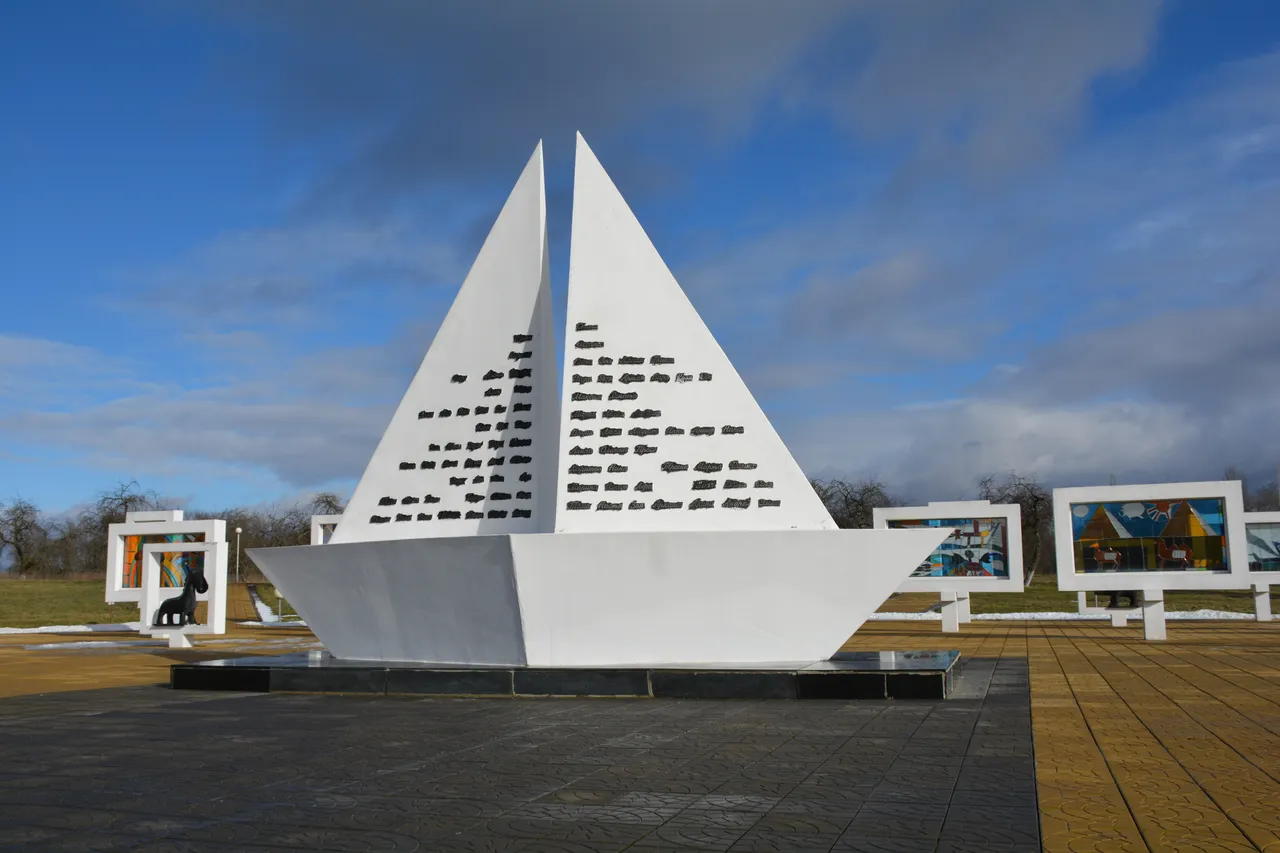

The memorial is opened by a bronze sculpture of a girl standing alone in the middle of the square with her hands up. She is an image of doom and hope. The girl stands on red stones, which symbolize the blood-children of donors.
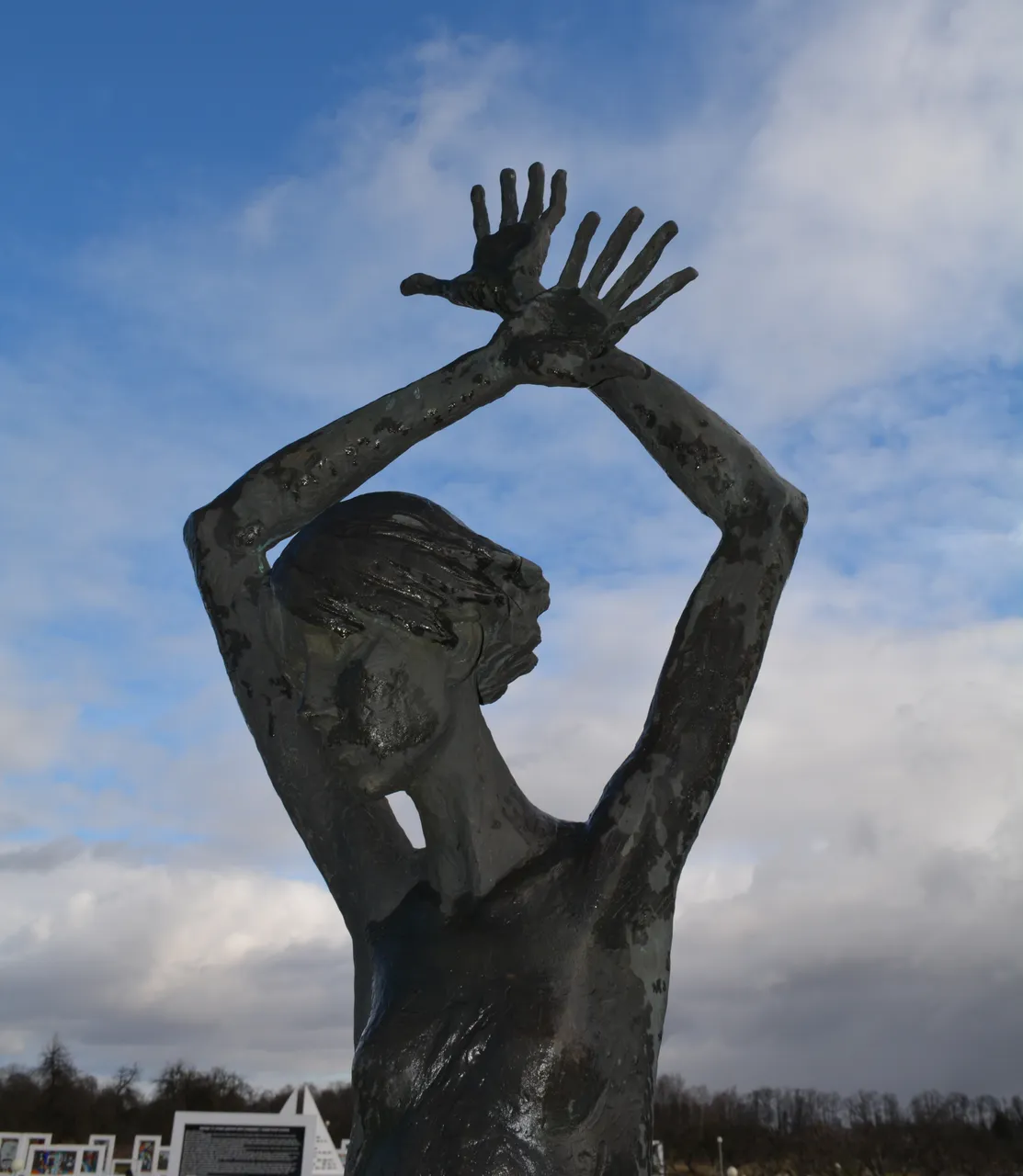
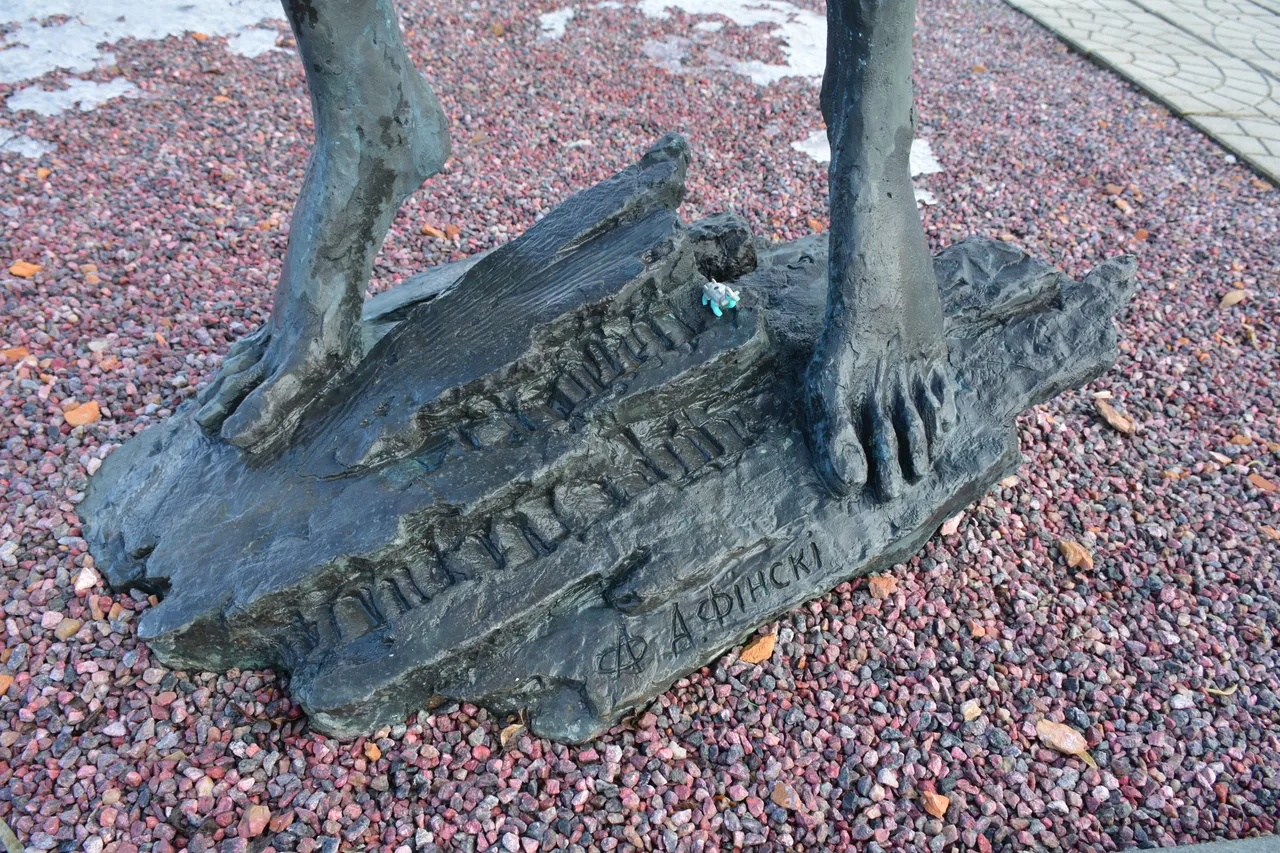
Every detail in this place is important. The center of the memorial ensemble is the so-called Sun Square. From this place, alleys symbolizing the rays of the sun are located in different directions. As conceived by the architects, the memorial is a panorama deployed in space. The only black beam that stands out against the background of the golden passage symbolizes tragedy. Behind the bronze sculpture are 21 snow-white stone school desks, one teacher's desk and one black blackboard. On the school board is the last testament letter written by 15-year-old Katya Susanina to her father. Alas, this letter did not reach the addressee.
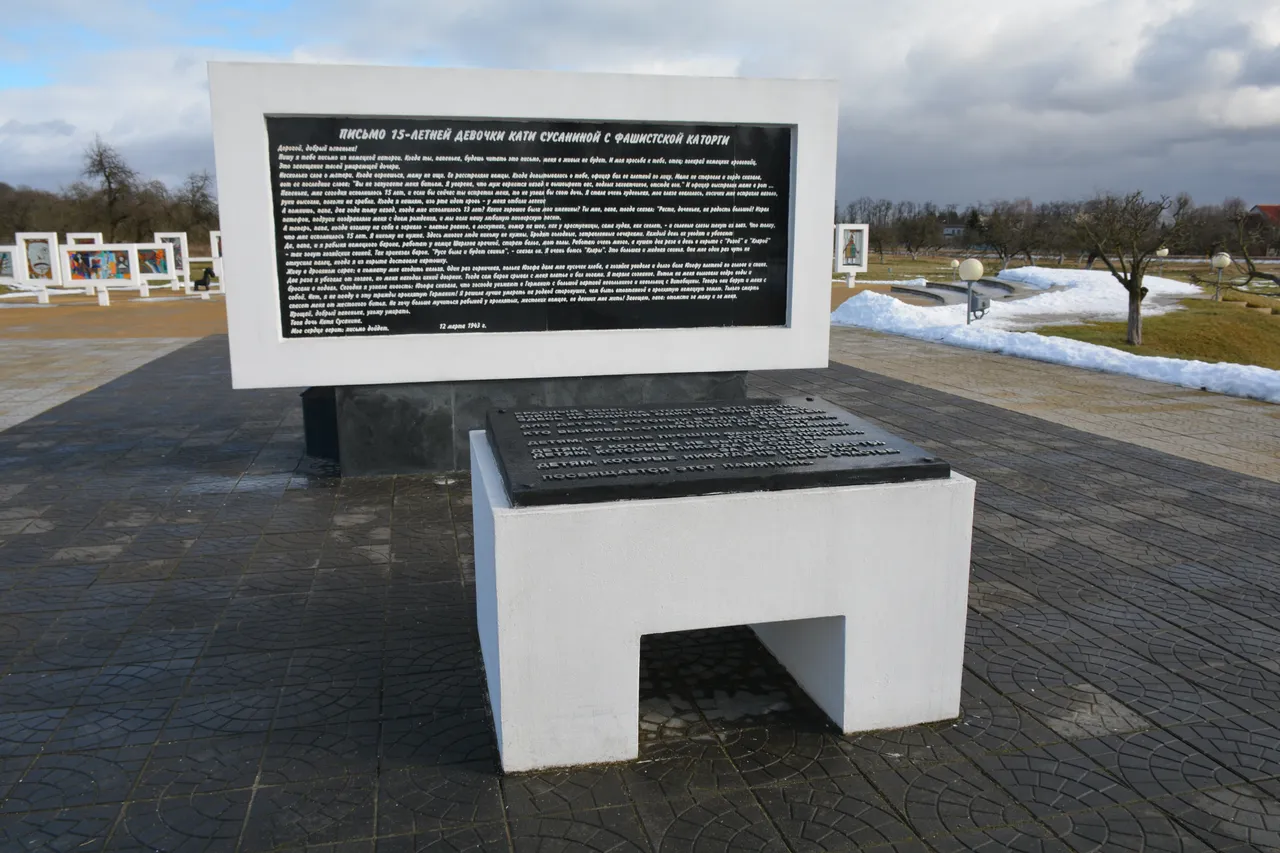
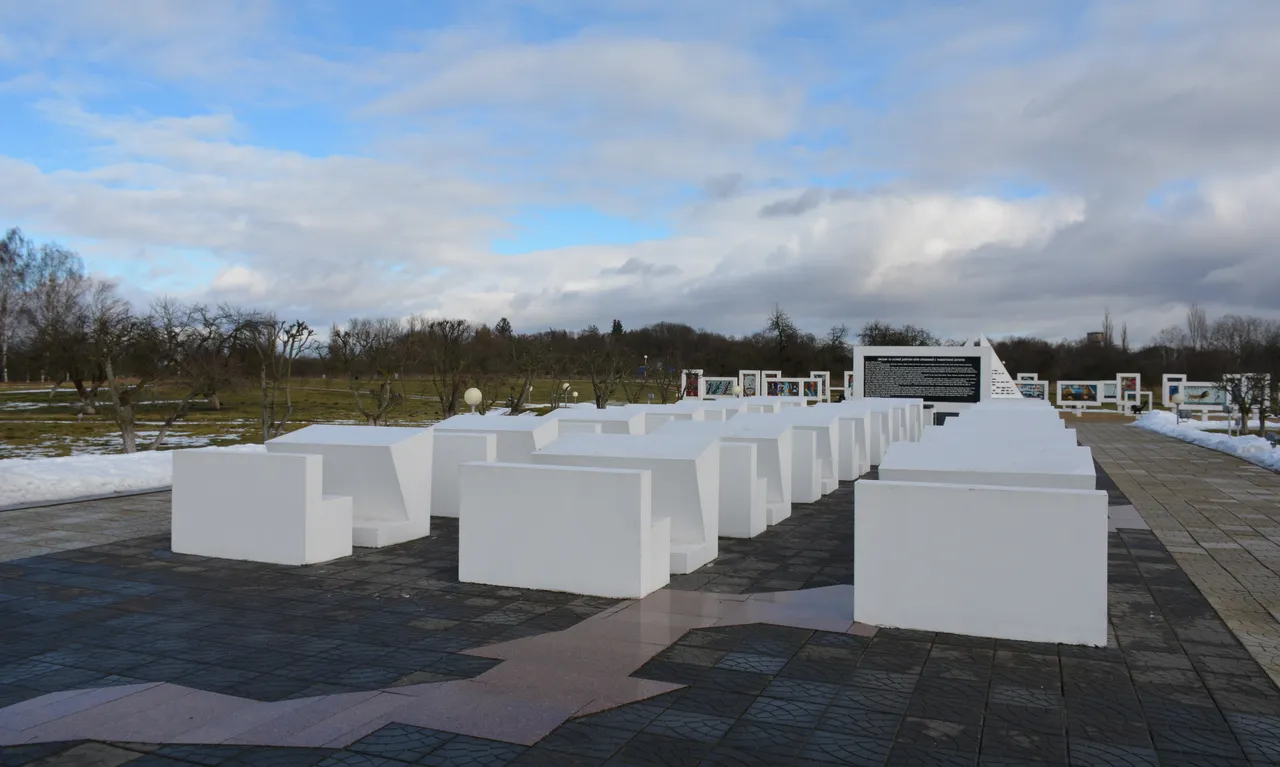
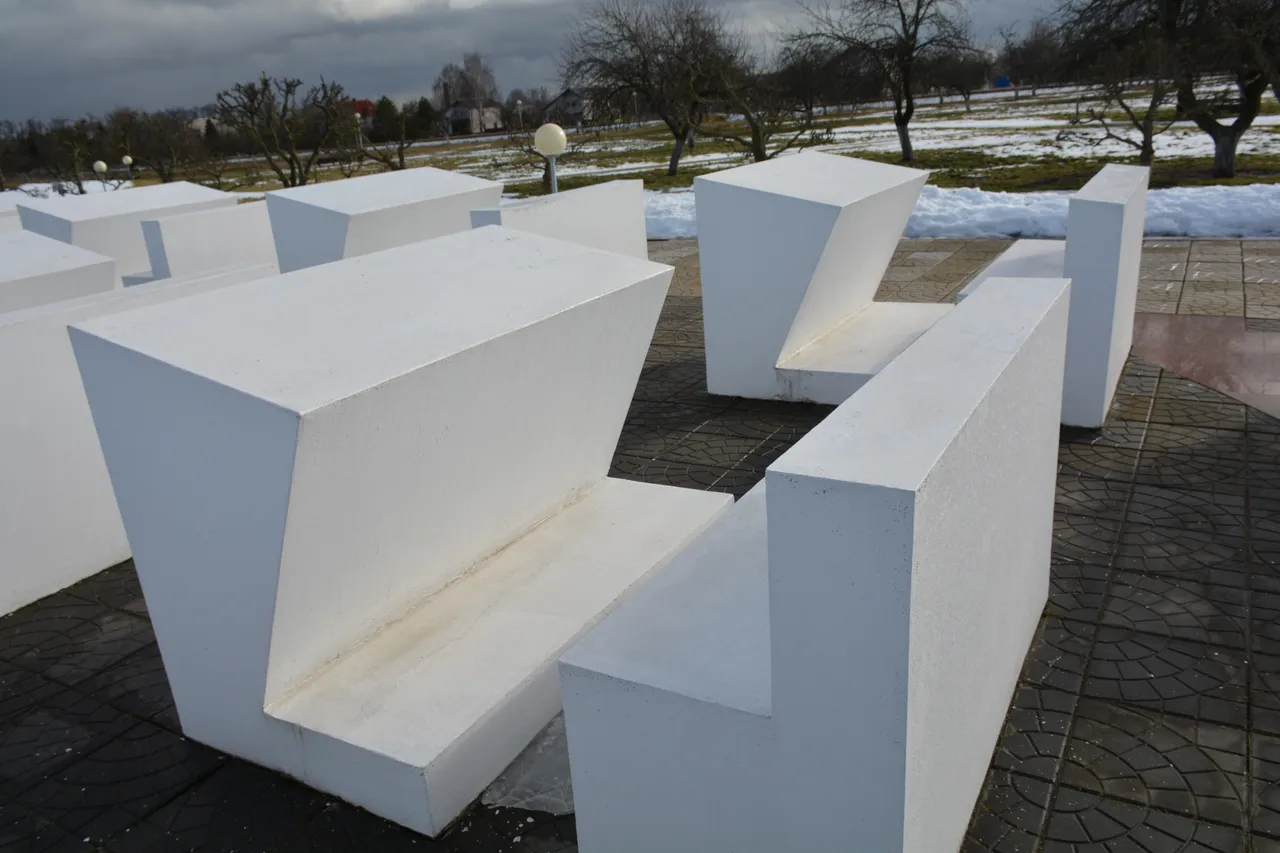
On the back of the chalkboard is a map of Belarus with marks for 16 more children's concentration camps. All of them were blood donation camps.
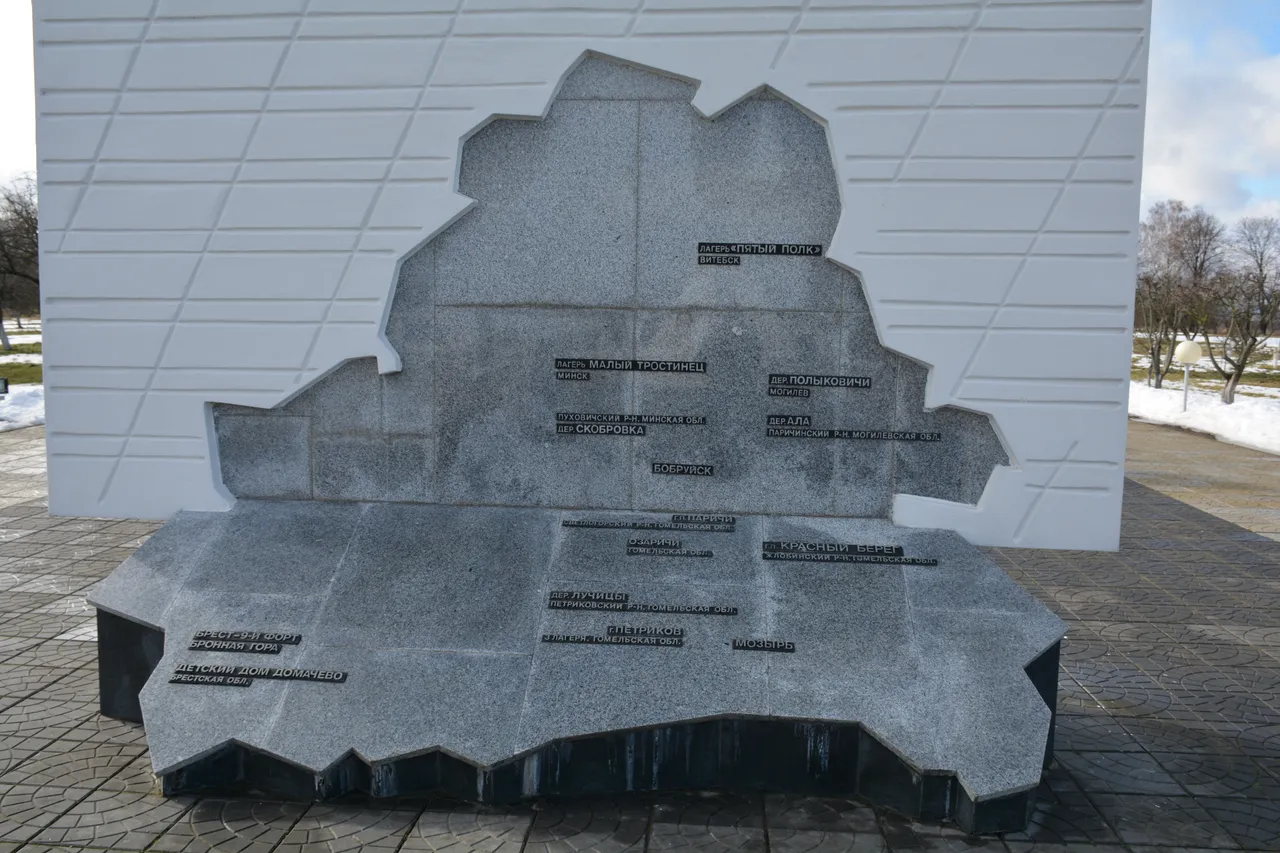
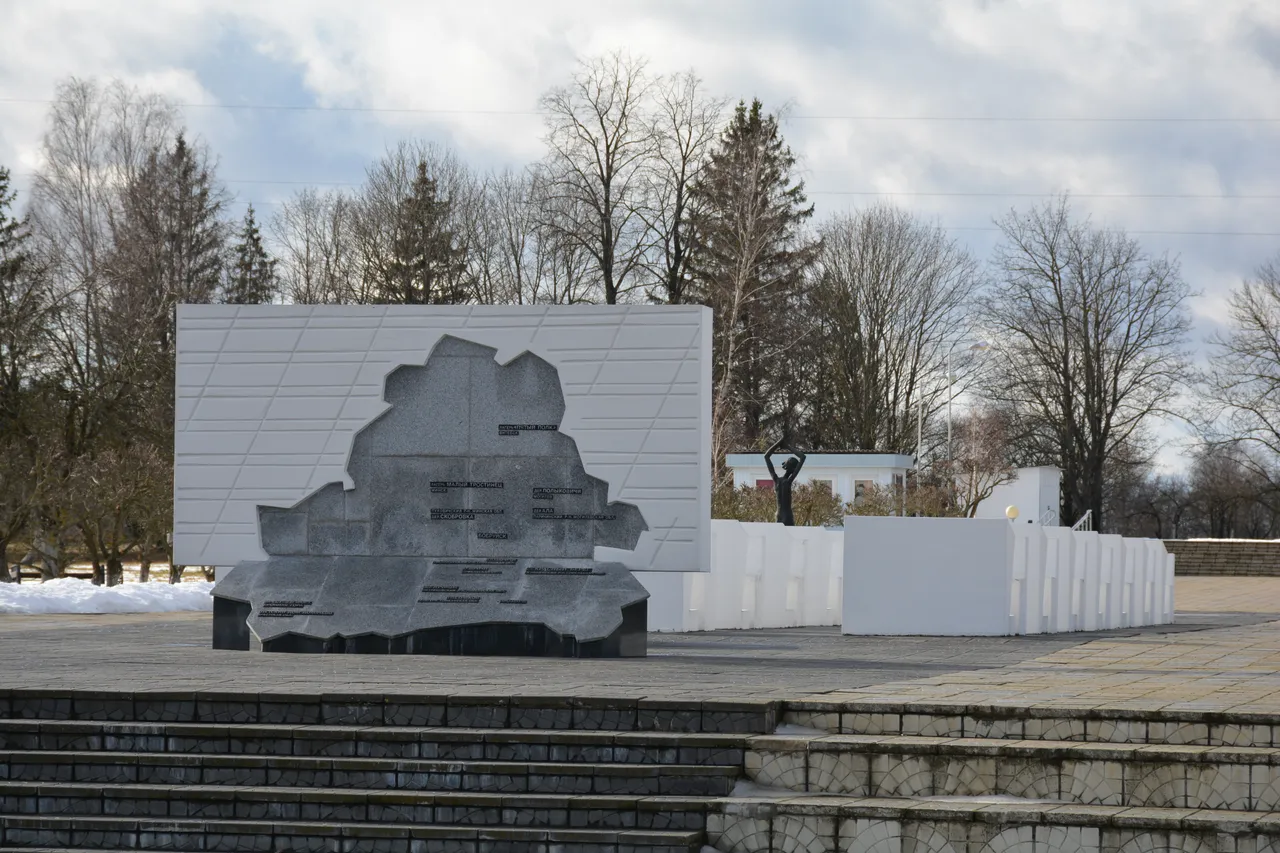
Behind the blackboard is the brightest part of the memorial - the Square of the Sun. In the center is a white sailboat made in the form of a paper boat with two sails. Children liked to make such "paper boats" from notebook sheets and put them into the water. The names of some of the children who were in the camp are written on white sails.
 Sun square from a bird's eye view Source Photo
Sun square from a bird's eye view Source Photo
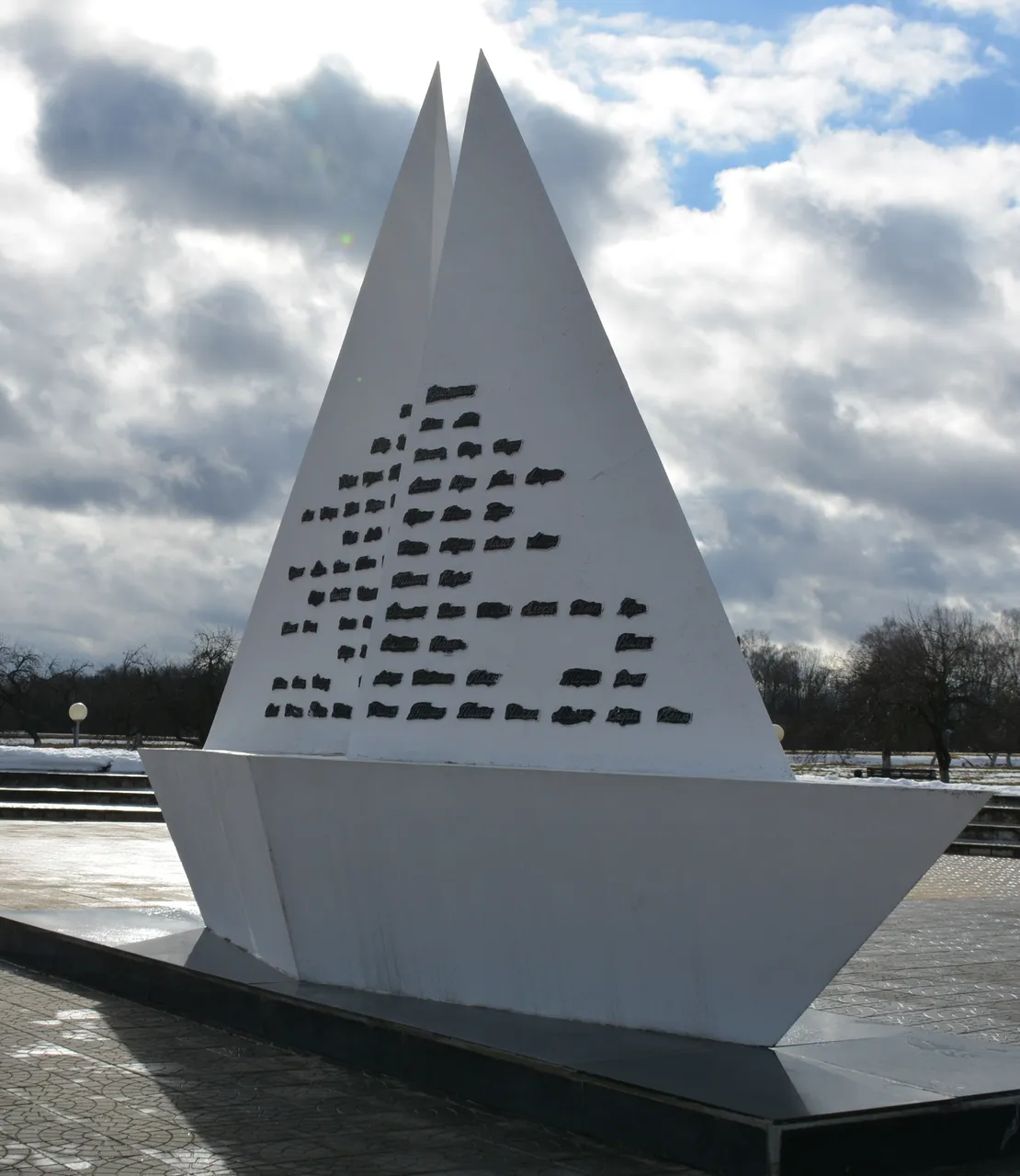
Behind the sailboat are 24 white stained-glass windows with 24 colorful children's drawings. After the end of the war in 1946, Belarusian artist Sergei Katkov asked children to draw what they would like to see immediately after the war. His daughter, Svetlana, selected the drawings of children aged 6 to 14 and designed them into 24 easels, which can be seen here. Some of the drawings are made in the form of stained-glass windows - paintings consisting of connected colored glass pieces. Some stained-glass windows - "easels" are filled with bronze sculptures. Very interesting and unusual idea.
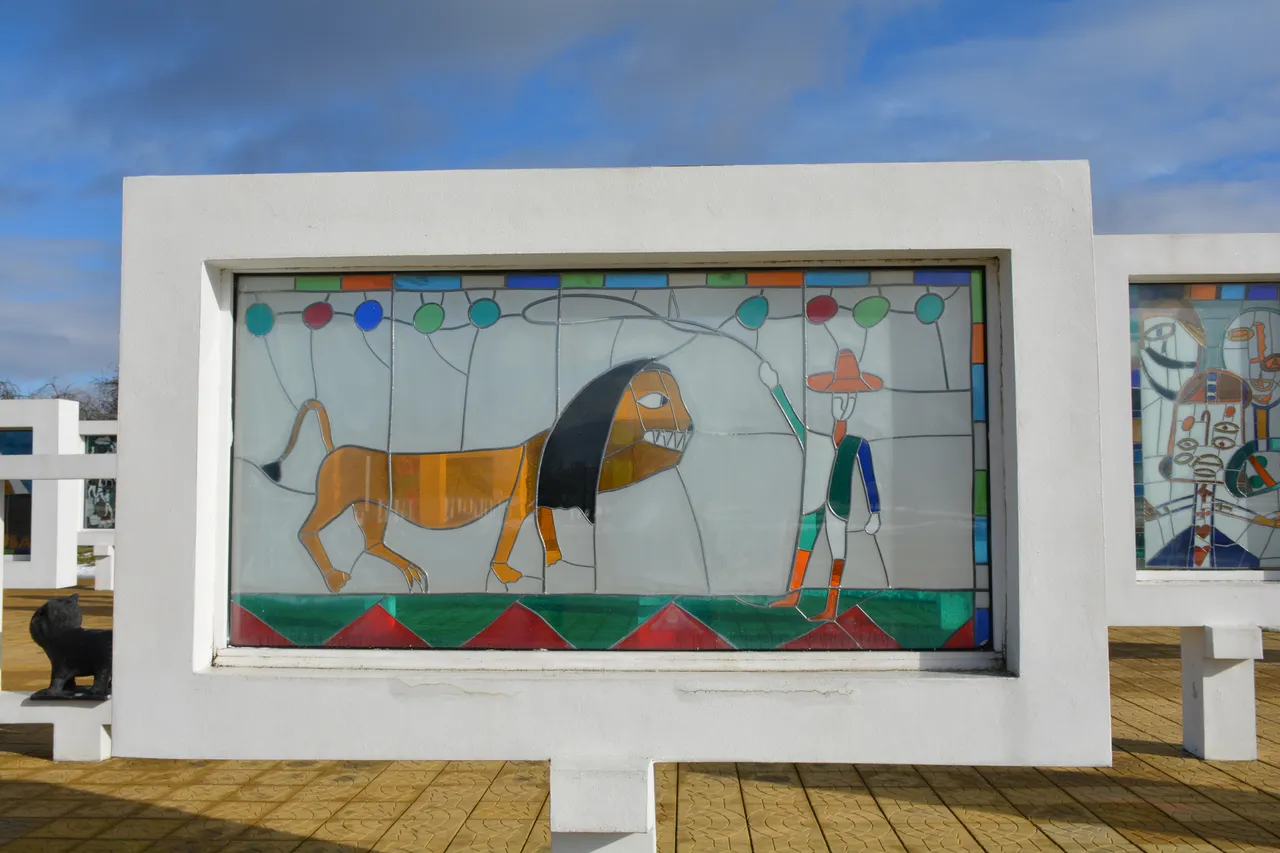
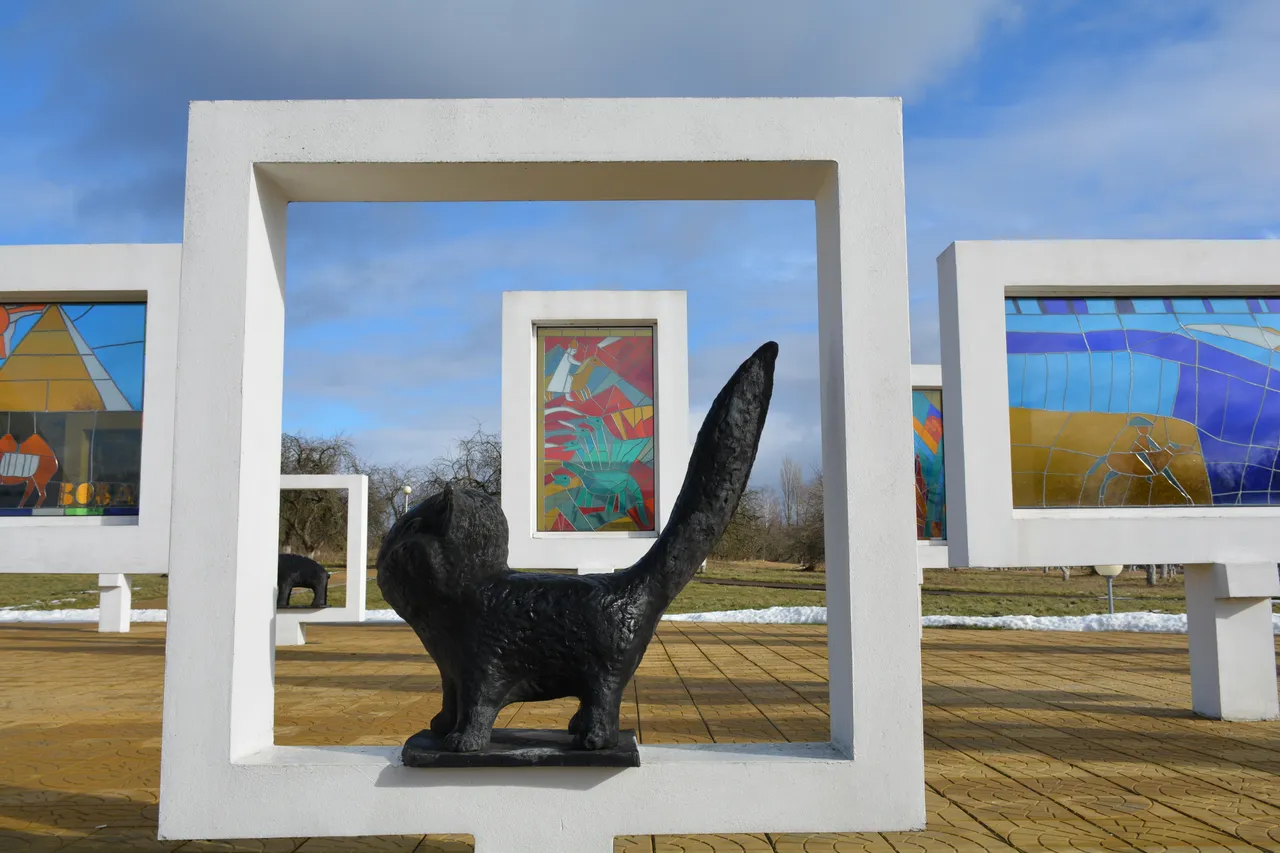
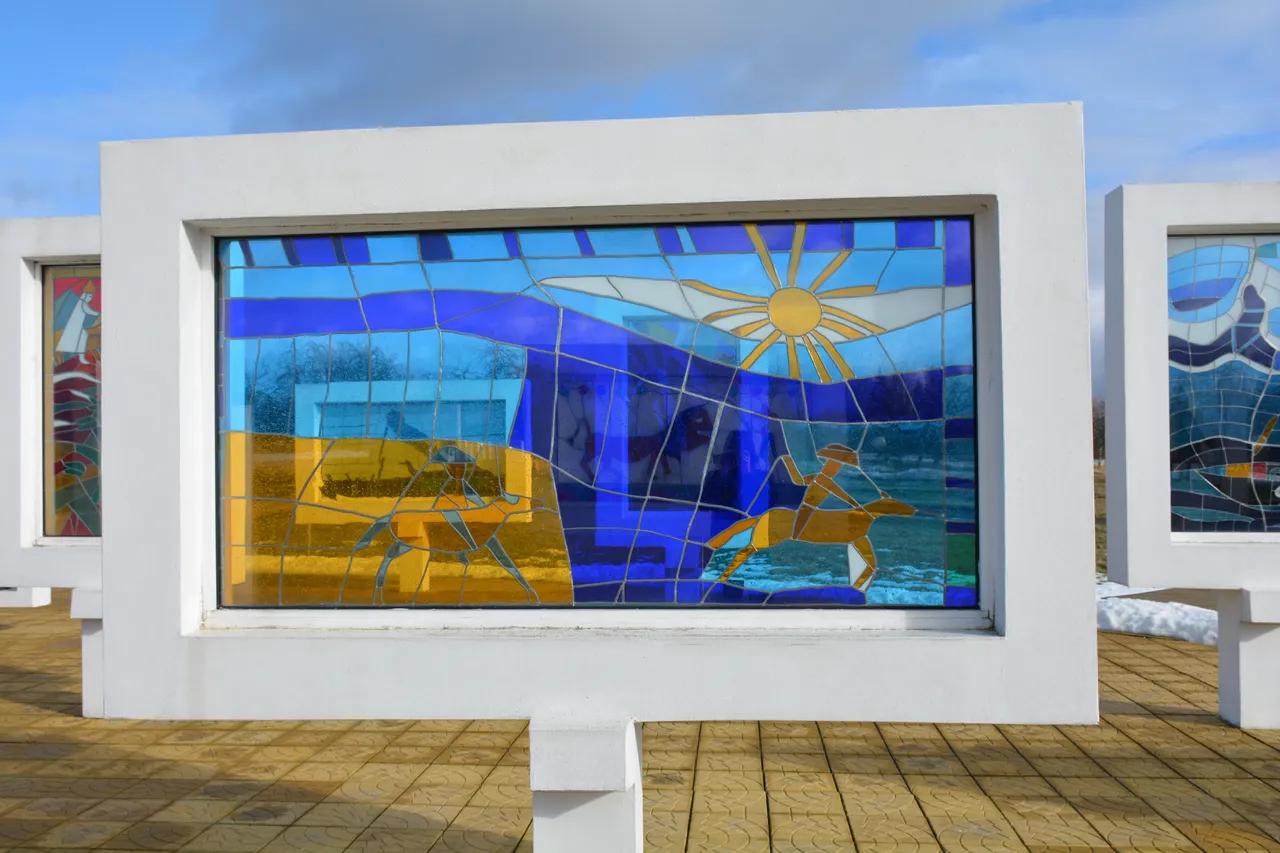
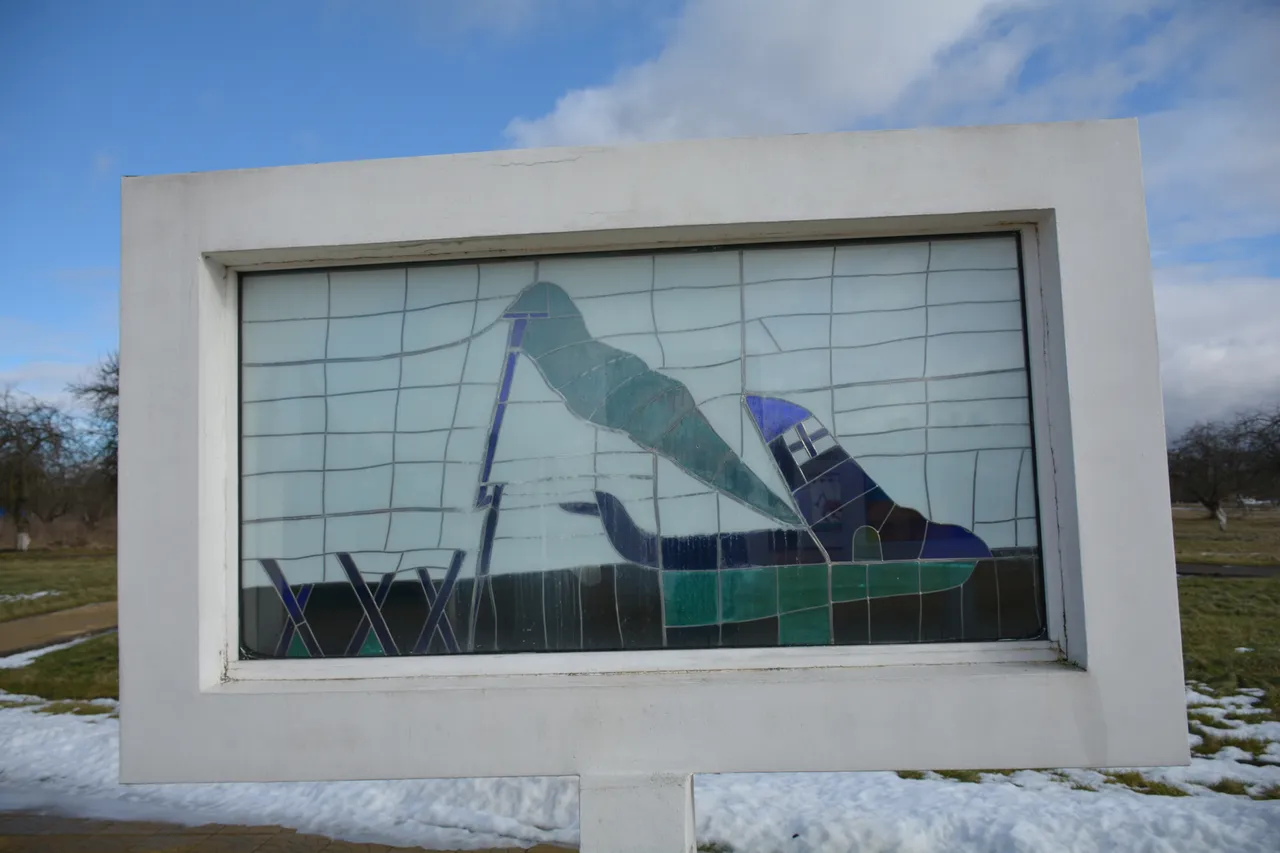

Around the memorial complex is a huge apple orchard. The Krasnoberezhsky memorial is a place with unusual energy, at the same time disturbing and calm. But such places are a historical memory of bygone events, which can be both tragic and reminiscent of success. I would like to highlight the mastery of architects who masterfully conveyed history and preserved it for future generations. Peace for everyone!
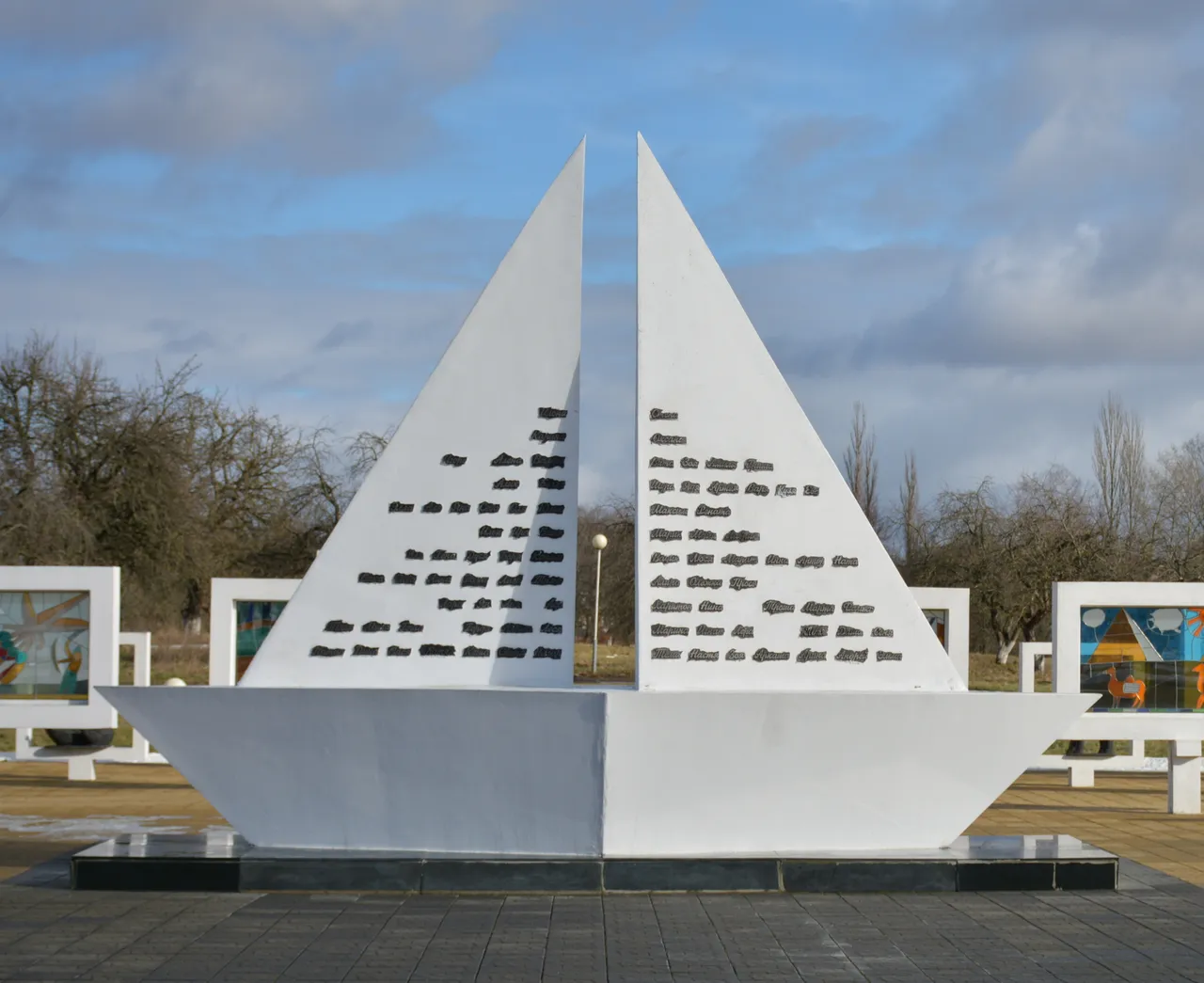
Photo information:
Author: @danny.green
Camera: Nikon D5200
Location: Krasny Bereg, Belarus
Thanks to everyone who reads and supports. Best regards from @danny.green.
